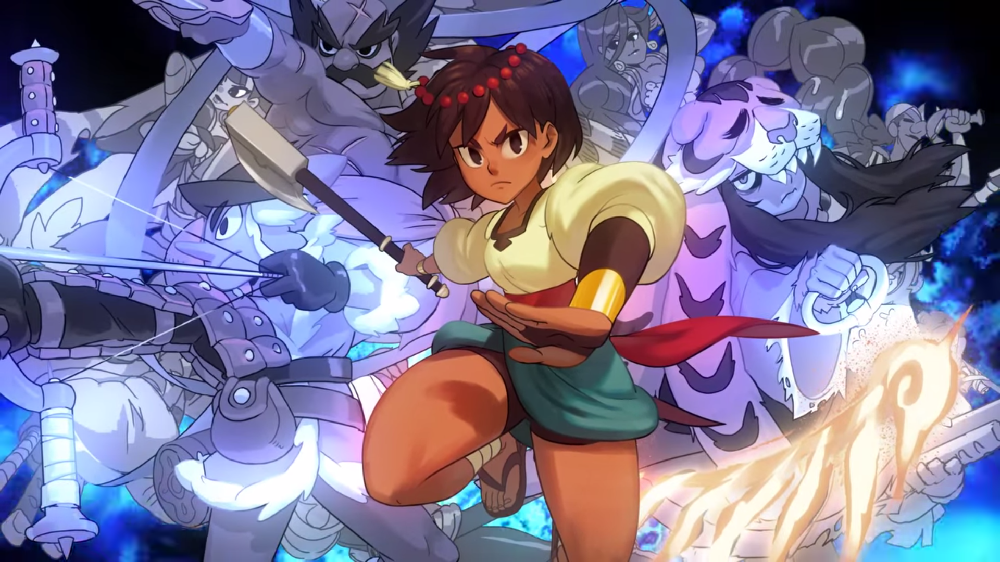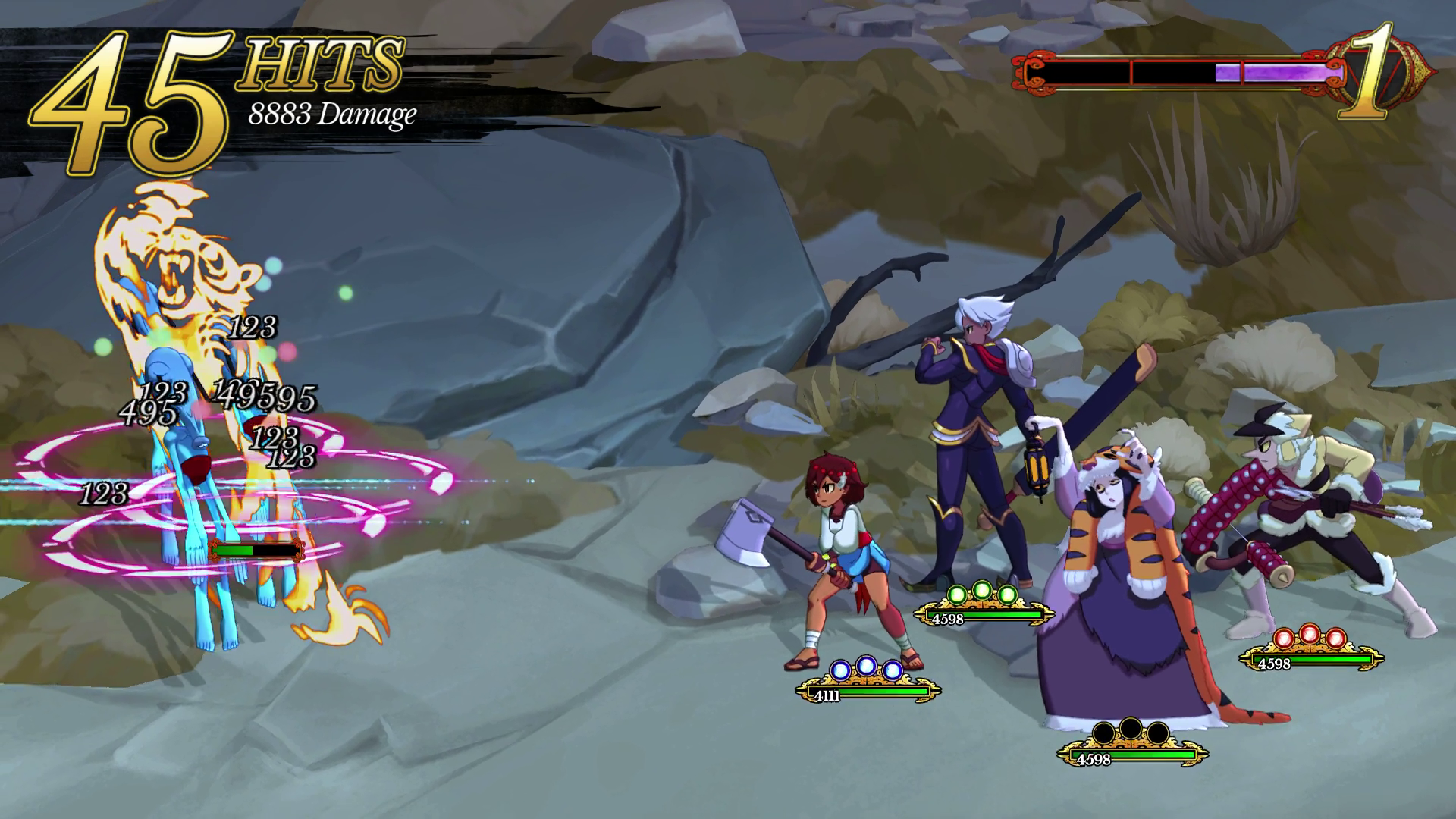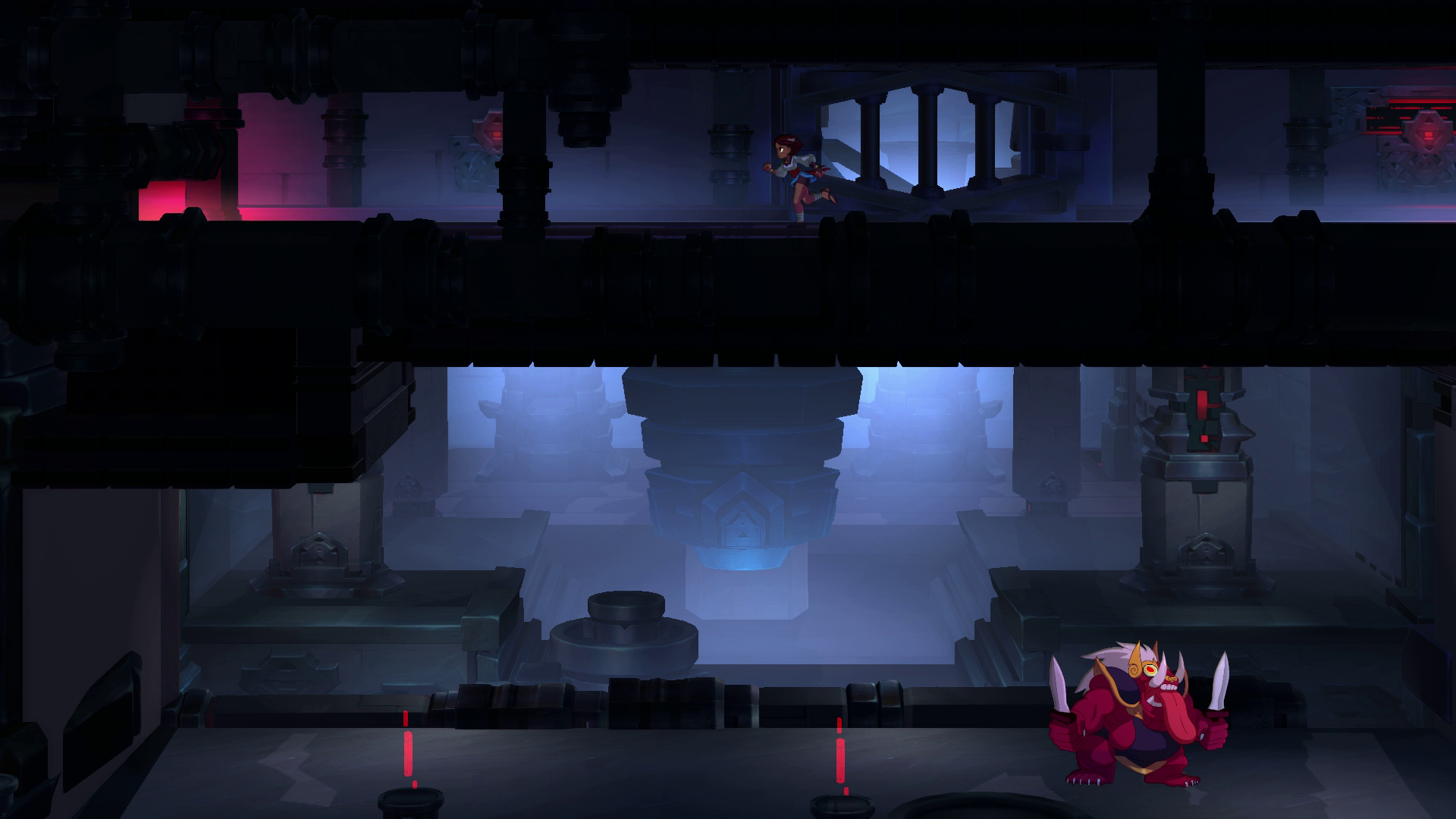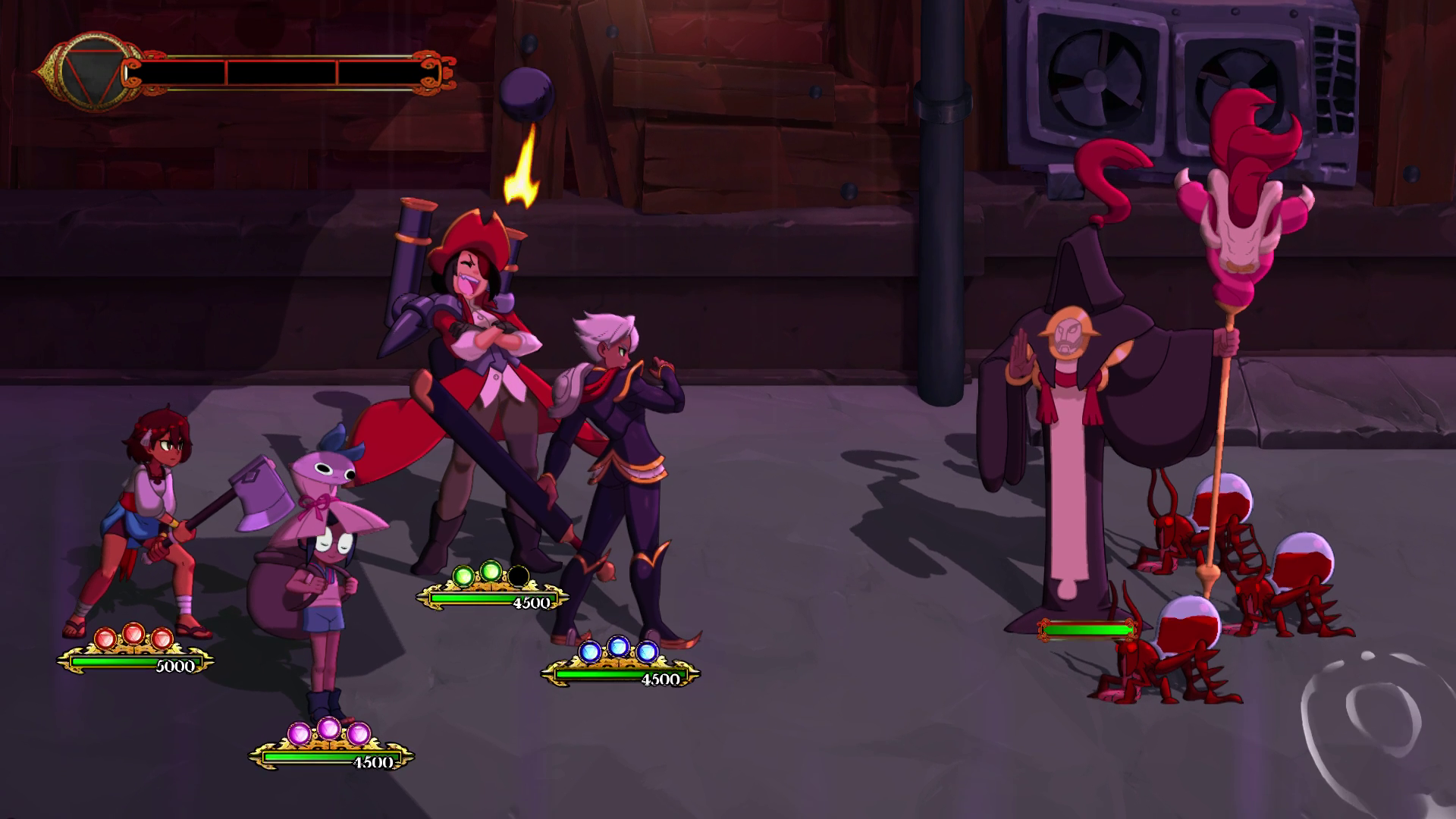Skullgirls developer Lab Zero Games released a prototype for and successfully crowdfunded its platformer-RPG Indivisible back in 2015. The developers have been diligently working on the title since then, but it unfortunately got delayed to the first half of 2019 last month.
This year at E3, I met Lab Zero Games and publisher 505 Games to try out the Backer Preview of Indivisible, which was a ton of fun. Afterwards, I sat down with Lab Zero Games CEO Peter Bartholow and talked about what has changed about the game since its initial prototype, why the game was delayed, and how their partnership with 505 Games has worked out.
Tomas: For those who are familiar with the game and its prototype from back when Lab Zero Games crowdfunded Indivisible, could you go over what has changed or improved since then?
Peter Bartholow: That prototype we made when we were running the campaign, that was a giant hack we put together in about three months. Honestly, we are all amazed it turned out as well as it did given that it was basically a whole other game in the Skullgirls engine. So the game has come a long way since then.
We've formalized systems, it's not a big hack anymore, and we have a level editor tool to build levels with. I think the most obvious thing that has been upgraded is the environment art. It went from admittedly barely passable in the prototype to really beautiful. We hired a really amazing new Environment Artist from Riot Games, and he made all the difference in the world - look at the game's environments.
In addition, we have a lot of new battle mechanics. For example, we now how enemies that can block you and use an ability we call guard crush. We've also added juggling and some other bonus-based systems to encourage you to get really good at combos and things like that as well. Finally, we have what we're calling the hybrid bosses, which are bosses that switch between platforming and RPG action.
T: LabZero Games recently delayed Indivisible. Why did you guys decide to push it back?
PB: Honestly, Indivisible is just a massive game. We have 7+ very detailed environments and are making all the environment art for that. We also have 25 playable characters, and we are doing all of those animations. Really, we just needed more time to do it all. When we conceived the game back in 2015, we didn't imagine it was going to be this big, and rather than cut it back we wanted to deliver on our vision.
T: How hard was it when you were first coming up with the game's concept to find the balance between the turn-based RPG and platforming mechanics?
PB: It actually wasn't that difficult. When we were originally pitching to another publisher, they asked for something kind of like Child of Light. If you've played it, is a platformer with an RPG battle system. We played it and looked at it, and Mike, my business partner and our Design Director were like: "We could do Valkyrie Profile!" That's a really classic PS1 RPG, and it also had the bonus of having one of our favorite battle systems of all time.
Being a former fighting game developer, it was a really good fit for our strengths. It really all flowed from that, and as the story and concept developed, we relized that we could do a seamless transition between exploration and battle. We didn't have to have a loading screen, and that opened up some other possibilities. Then as the story developed, Indivisible turned from a platformer into a Metroidvania.
T: Your previous title Skullgirls was in a radically different genre, but would you say any lessons from the development of that game have carried over into Indivisible?
PB: I'd actually say we've had to un-learn a lot of things we learned with Skullgirls just because this game is so different. Again, it is an entirely different animal. Skullgirls' levels are very pretty boxes, and going from that to really large levels that you have to explore was a big adjustment. We had to develop new tools for that if we were going to be able to efficiently produce content on that scale.
T: Lab Zero Games has been very involved with the community during Indivisible's development. Why did you guys decide to go the crowdfunding route and then involve the community like you have?
PB: Part of it, I guess, was out of necessity. We wanted to make a pretty big and ambitious game, and it was seen as a pretty big risk for a lot of publishers, possibly in part because we were a fighting game developer before that. By having to raise part of the money ourselves, it proved to the publisher that there was demand for this kind of game.
I would say that we are going to try very, very hard to never crowdfund again, as it has kind of dried up in general. We're a larger team now, and that means we need bigger budgets. Also, as a company, we have kind of grown past it, but at the same time, we want to keep that level of community involvement and showing the development process like we do.
We've had publishers tell us that it's extremely valuable, and makes us a very attractive partner to work with, so we are kind of leaning into that aspect.
T: At what point during the crowdfunding or development of the game did you partner with 505 Games, and how has that partnership been functioning and working?
PB: We actually mention 505 directly in the crowdfunding campaign, unlike some other projects. Crowdfunding was always part of the original plan with 505 Games, and we launched with that, which most people don't do. They actually funded the prototype that drove the campaign, so they've been a fantastic partner to work with.
They've let us do our thing while doing their thing and amplifying our message that we spread through social media and all of that. It has been a really good partnership overall.
T: Is there anything else you'd like DualShockers' readers to know before Indivisible releases?
PB: I hope they'll check it out. We've put a lot of effort and love into this game and I think that if you try it out you'll feel that.




